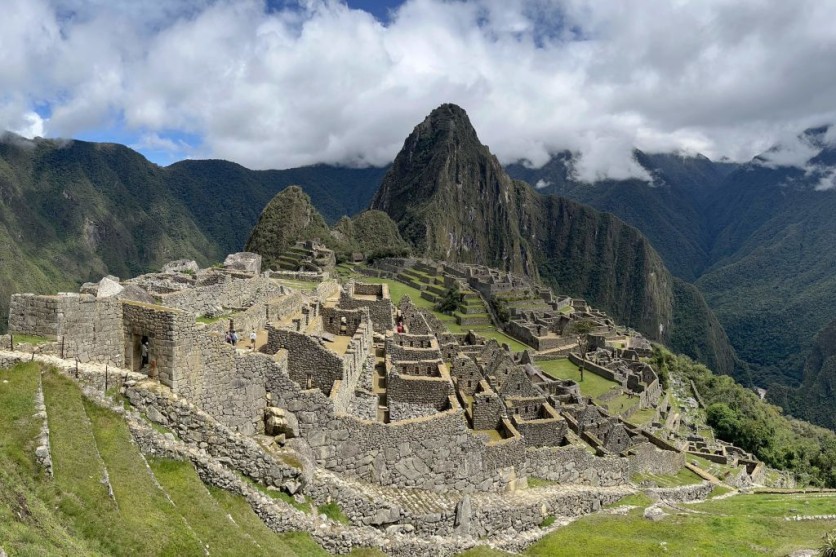Unlocking the mysteries of Machu Picchu, the ancient city perched high in the Andes, has long fascinated archaeologists and history enthusiasts alike. Now, a groundbreaking study offers new insights into the lives of those who once called this majestic site their home.
Led by Jason Nesbitt, an associate professor of archaeology at Tulane University School of Liberal Arts, the research team delved into the DNA of individuals buried at Machu Picchu, aiming to shed light on the diverse backgrounds of the workers and attendants who inhabited the city during its peak.

The Once-Mighty Inca Empire at Machu Picchu
Machu Picchu, nestled in the Cusco region of Peru, stands as a testament to the once-mighty Inca Empire and has earned the prestigious UNESCO World Heritage Site status.
A symbol of ancient grandeur, it attracts countless visitors annually. The site is approximately 2,430 meters (7,970 feet) above sea level and offers stunning panoramic views of the surrounding mountains and valleys.
It is characterized by its remarkable stone structures, terraces, and agricultural fields, all built without the use of mortar. Machu Picchu's purpose is still being debated among archaeologists and historians.
Some theories suggest it was a royal estate for the Inca emperor, while others believe it served as a religious or ceremonial center. Additionally, its strategic location and defensive features suggest it may have had a military function as well.
But the study's findings point to a more complex social structure, encompassing not only the elite but also the retainers and workers who formed the backbone of the bustling city.
Through genetic testing, similar to modern-day ancestry kits, the researchers analyzed the DNA of 34 individuals buried at the site. Comparing their genetic profiles to those from other regions within the Inca Empire and modern genomes from South America, the study offered a revelation: The workers at Machu Picchu hailed from diverse corners of the empire.
Some even came from far-off Amazonia, highlighting the vast expanse of the Inca's influence.
Unique Origins of Machu Picchu People
Yet, the DNA connections did not indicate familial ties, suggesting that these individuals were brought to Machu Picchu as individuals, each with their own unique origins within the empire.
Jason Nesbitt emphasized that genetics does not equate to ethnicity, but the findings underscore the distinct backgrounds of those who labored at the site.
"This study is really reinforcing a lot of other types of research that have been done at Machu Picchu and other Inca sites," Nesbitt noted.
The DNA analysis complements historical documents and archaeological artifacts, painting a more comprehensive picture of the lost city's inhabitants.
Embracing the spirit of modern archaeology, which combines traditional techniques with cutting-edge technology and scientific analysis, the study marks a milestone in unraveling the enigma of Machu Picchu.
By bridging various disciplines, researchers are piecing together the complex tapestry of the past, one DNA strand at a time. The findings of the team were published in the journal Science Advances.
Related Article : Archaeologists Unearth a Shining Bronze Age Sword in Germany

ⓒ 2025 TECHTIMES.com All rights reserved. Do not reproduce without permission.




